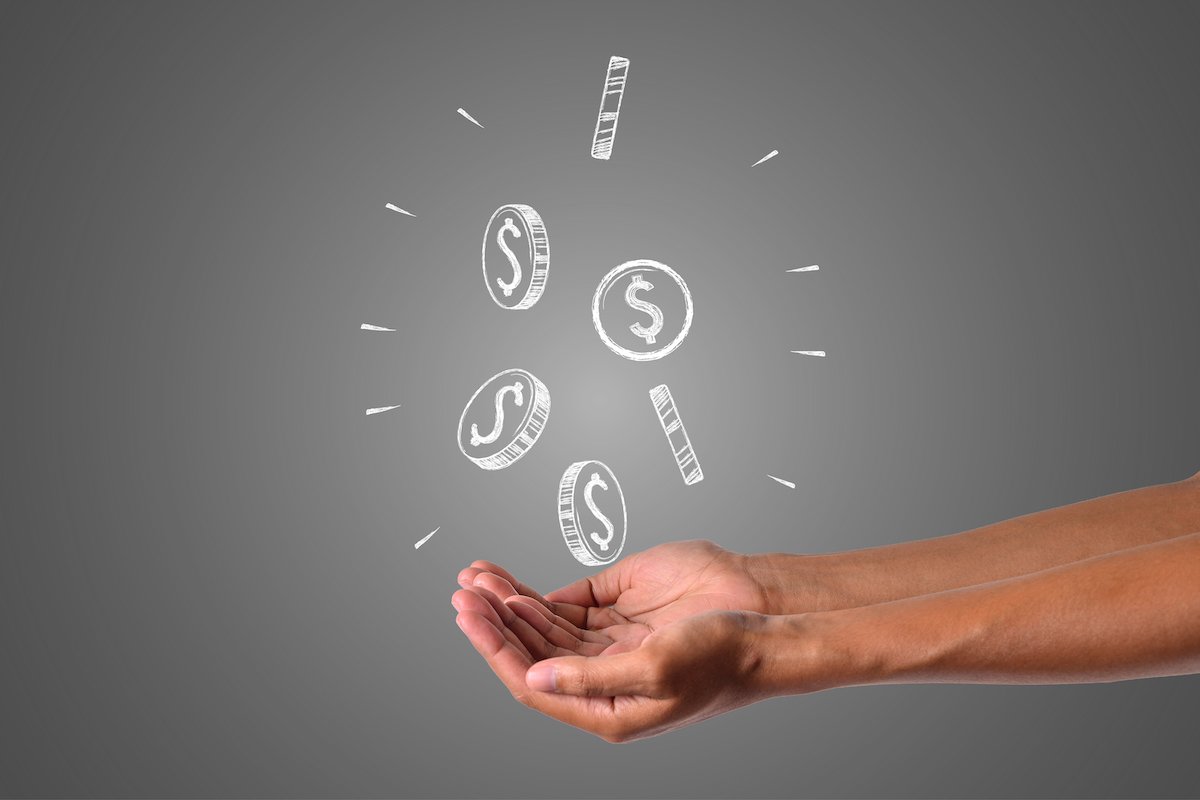What Dieting Can Teach You About Your Finances

Dieting and finances - what’s the connection here?
I am here to share the conceptual connection between the two, and how it makes perfect, simple sense.
I have recently been reading the book by Mike Michalowicz called Profit First and he shares this concept in there, which I found is a simple wake-up call that many entrepreneurs need.
MYTH: TO GROW YOU MUST SPEND
Many entrepreneurs aim high, and by high, I mean they go for the big team, the big office, the big everything. Often times this leads to them tying growth with more spending, but this usually ends up in the business growing into a cash-eating monster and them opening multiple credit cards or leveraging debt to keep the business’ facade intact.
We would argue that to grow smart, you need to limit what you have to spend, even IF it may seem like you CURRENTLY have the cash flow. We use the word currently because how many entrepreneurs reading this thought to themselves back in January that “oh hey, we’ve got a 3-4 months runway of the cash in the bank, we’re good”. Then we all know what happened and we all found out the hard way that 3-4 months is just not enough; so we must learn to do more with less and set aside a rainy day fund for such black swan circumstances.
HOW DIETING TEACHES YOU TO LIMIT YOUR PORTION (THUS YOUR SPEND)
The author shares in the book that the size of dining plates has grown from about 9 inches to 12 inches in diameter over the past decades, leading to people eating more.
The more you have, the more you eat.
When you know you can have more, that you can eat more, you end up eating more. Which is why for most diet plans and for those who want to go on a diet, one of the first things recommended to you will be to reduce the size of your plate or bowl, and even your spoon. Smaller plates, smaller spoons = smaller meal, smaller bites (so you aren’t wolfing down your meal).
Translating this to your business finances, if you know you have $30,000 of cash sitting in the bank, versus if you have $5000 sitting in the bank, how much will you likely end up spending? If you give your child a $50 allowance or a $20 allowance, how much do you think they are going to spend? Most people spend what they have.
The less you have, the less you spend. Dieting principles applied to business finances.
Now, if the business with $30,000 sitting in the bank adopts the concept of ‘dieting’ for their business finances, they would spend the $5000 on operational costs and retain $25,000 for other purposes, whether that’s paying themselves a modest salary (most entrepreneurs do not pay themselves a real salary) or saving money for year-end taxes (you can alleviate the pain of annual tax payments if you set the funds aside from the beginning and never touch those funds).
These are numbers we are using as an example, and maybe your cut back doesn’t have to be as drastic, but we are asking you to really take a hard look at what’s a must-have. Do you really need that 2000-square-foot office? Do you really need 5 magazine subscriptions?
The idea is, you know you do not HAVE to spend all the money you are spending right now on your business. Often, we get more creative with how we come up with solutions when money is tighter, so there’s an additional silver lining to dieting with your operational costs.
For a more detailed discussion on this topic, we recommend reading Profit First, there are other helpful tools that we have implemented to help size up our business to see whether we are healthy financially (and we are glad to report that we are), so we hope these tools will also help you, whether you are a business owner, or someone who simply wants to get their finances in order - there’s no better time than now to do it because the tough times are the best times to test ourselves to see if we can weather the storm.
Good luck!





